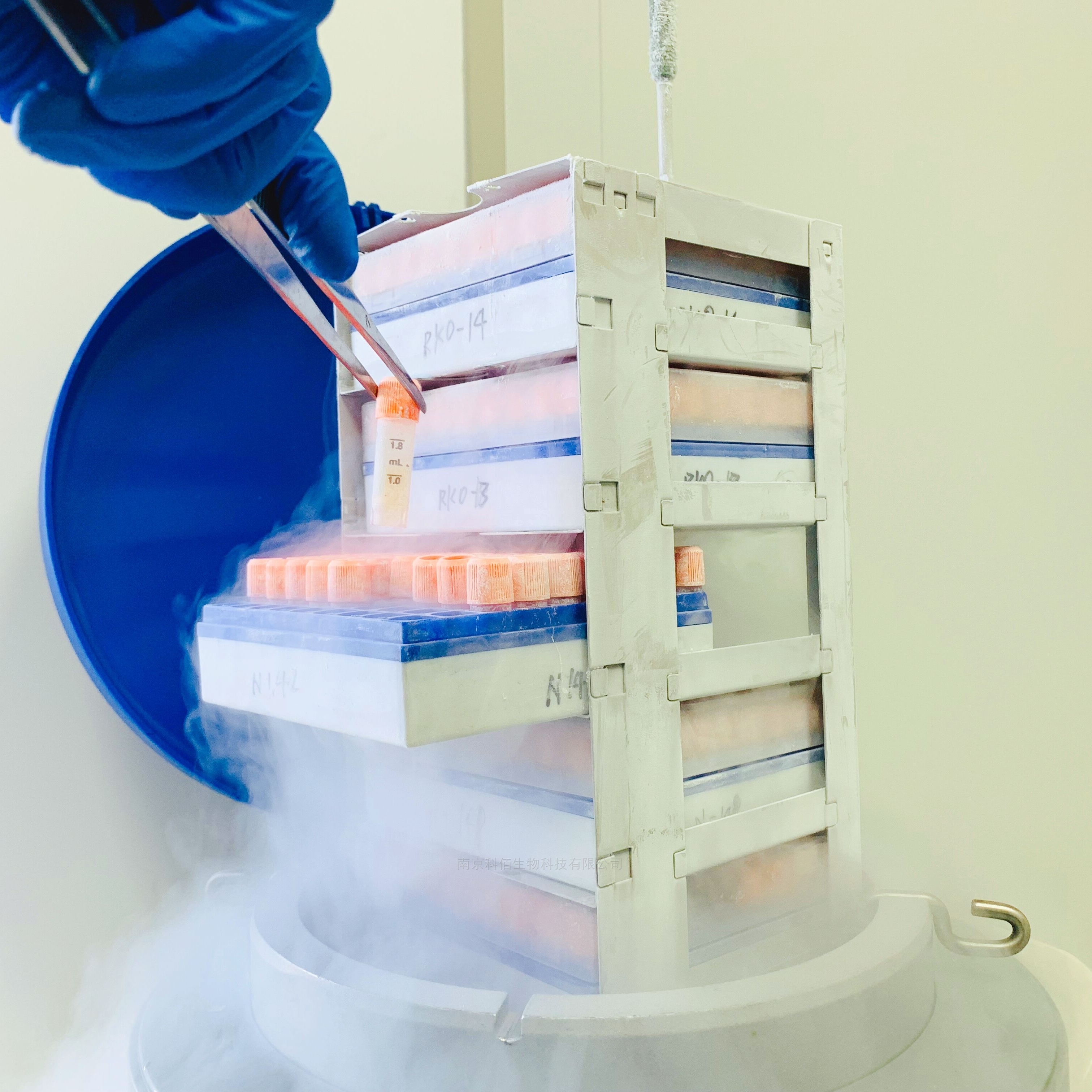| 名称 | CB1/β-Arrestin/CHO GPCR细胞 |
| 型号 | CBP71391 |
| 报价 |  |
| 特点 | CB1/β-Arrestin/CHO |
产品搜索
相关文章
联系我们
联系人:蒋经理
电话:4008750250
号码:
手机:18066071954
地址:南京市栖霞区纬地路9号
Email: zhangxiangwen@cobioer.com
电话:4008750250
号码:
手机:18066071954
地址:南京市栖霞区纬地路9号
Email: zhangxiangwen@cobioer.com
产品展示 / PRODUCTS

- 详细内容
| I. Background | |
| CB1 受体(Cannabinoid Receptor Type 1)是内源性素系统(ECS)的核心成员, 属于 G 蛋白偶联受体(GPCR)家族,由基因 CNR1 编码。CB1 广泛分布于中枢神经系统 (如基底节、海马、小脑)及外周组织(脂肪、肝脏、免疫细胞)。作为 脂质信号枢纽, CB1 通过结合内源性素(如 anandamide、2-AG)或外源性素(如Δ⁹-THC),调 控神经递质释放、突触可塑性、能量代谢及疼痛感知。病理状态下,CB1 过度激活与神经 精神疾病(焦虑、成瘾)、代谢紊乱(肥胖、胰岛素抵抗)及慢性疼痛密切相关。尽管 CB1 拮抗剂利莫那班(Rimonabant)因精神副作用退市,新一代偏向性配体(如 CB1 负向变构调节剂)和靶向外周 CB1 的药物正成为代谢病和神经退行性疾病的研究热点。 | |
| II. Description | |
CB1 β-Arrestin CHO 报告基因药靶模型很好的模拟了体内 CB1/β-Arrestin 的信号转导过 程,原理见下图所示。当缺乏配体刺激时,β-Arrestin 不与 CB1 结合,融合β-Arrestin 的荧 光素酶处于失活构象,当 CB1 遭遇配体刺激时,融合荧光素酶报告基因的β-Arrestin 被招 募,使荧光素酶报告基因处于激活状态,加入其底物后发光信号增强。 Figure 1. CB1 β-Arrestin CHO 细胞模型原理图 | |
| III. Introduction | |
| Host Cell: | CHO |
| Stability: | 20 passages (in-house test, that not means the cell line will be instable beyond the passages we tested.) |
| Freeze Medium: | 90% FBS+10% DMSO |
| Culture Medium: | F12k+10%FBS+5ug/ml puromycin+5ug/ml blasticidin |
| Mycoplasma Status: | Negative |
| Storage: | Liquid nitrogen immediately upon delivery |
| Application(s): | Functional assay for CNR1 |
| Transducer: | β-Arrestin |
| IV. Description of Host Cell Line | |
| Organism: | Hamster |
| Tissue: | Ovary |
| Morphology: | Epithelial |
| Growth Properties: | Adherent |
| V. Representative Data | |
Figure 2. Recombinant CB1/β-Arrestin/CHO constitutively expressing CB1. | |
Figure 3.Dose response of CP-55940 in CB1 β-Arrestin CHO-K1 Cell Line (C2) | |
Figure 4. Inhibition of CP-55940-induced Beta-Arrestin Recruitment in CB1 Beta-Arrestin CHO-K1 Cells (C2). | |






